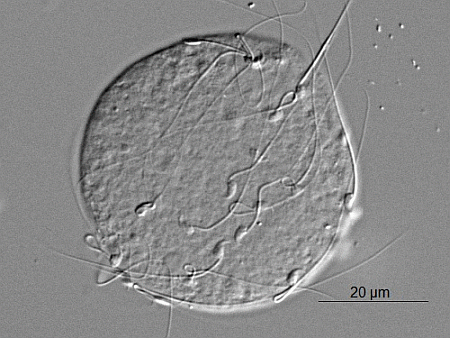Sperm-Egg Fusion: A Molecular Enigma of Mammalian Reproduction
Abstract
Share and Cite
Klinovska, K.; Sebkova, N.; Dvorakova-Hortova, K. Sperm-Egg Fusion: A Molecular Enigma of Mammalian Reproduction. Int. J. Mol. Sci. 2014, 15, 10652-10668. https://doi.org/10.3390/ijms150610652
Klinovska K, Sebkova N, Dvorakova-Hortova K. Sperm-Egg Fusion: A Molecular Enigma of Mammalian Reproduction. International Journal of Molecular Sciences. 2014; 15(6):10652-10668. https://doi.org/10.3390/ijms150610652
Chicago/Turabian StyleKlinovska, Karolina, Natasa Sebkova, and Katerina Dvorakova-Hortova. 2014. "Sperm-Egg Fusion: A Molecular Enigma of Mammalian Reproduction" International Journal of Molecular Sciences 15, no. 6: 10652-10668. https://doi.org/10.3390/ijms150610652
APA StyleKlinovska, K., Sebkova, N., & Dvorakova-Hortova, K. (2014). Sperm-Egg Fusion: A Molecular Enigma of Mammalian Reproduction. International Journal of Molecular Sciences, 15(6), 10652-10668. https://doi.org/10.3390/ijms150610652





